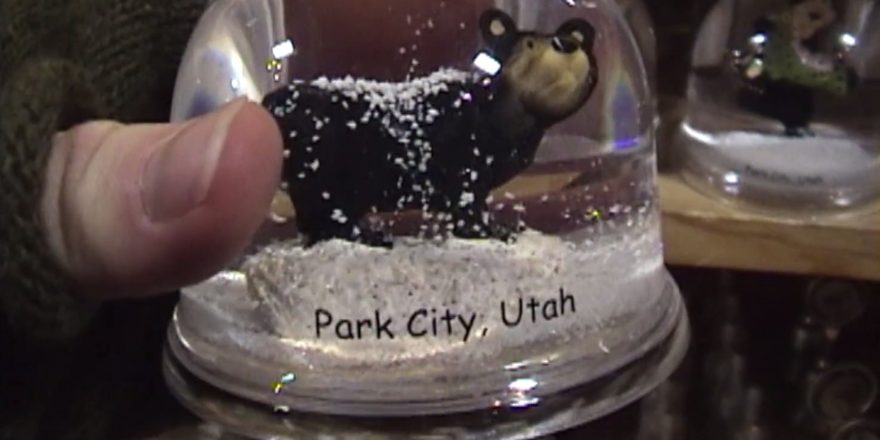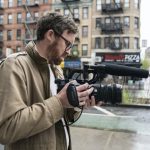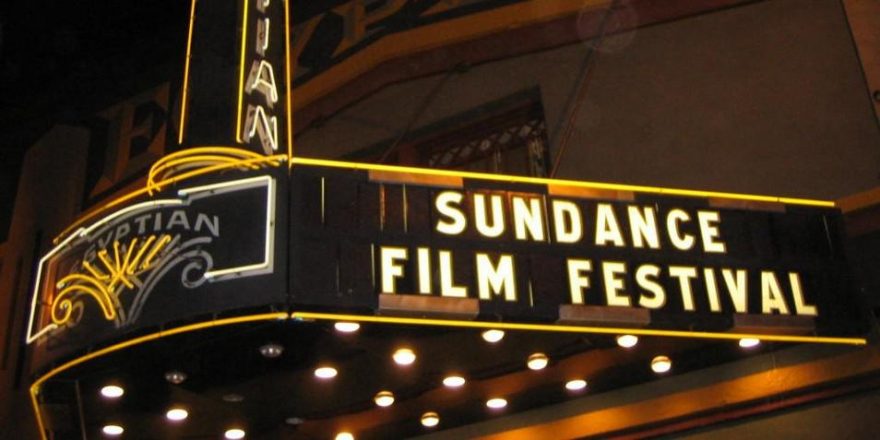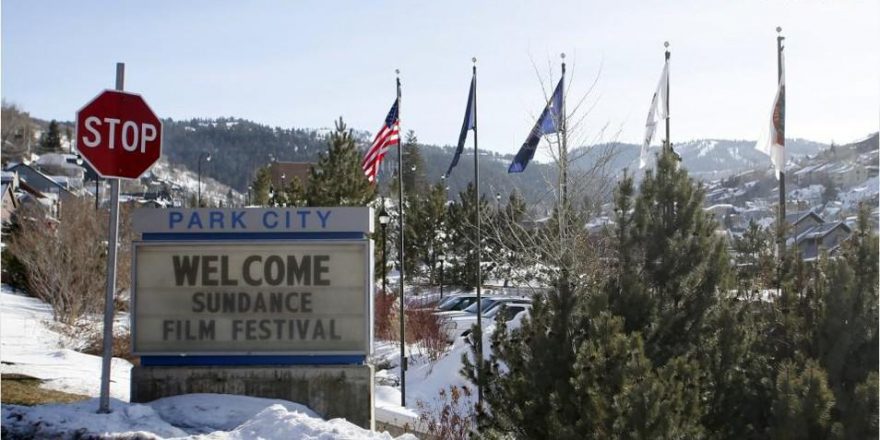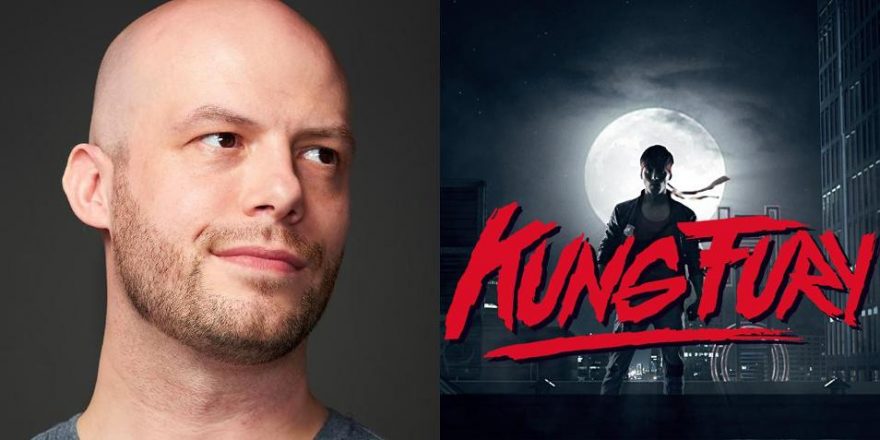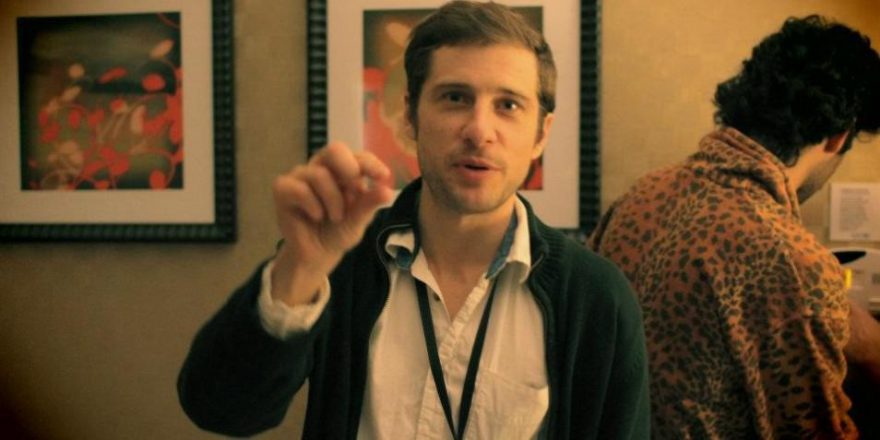In 2008, I directed a short that got accepted to the HollyShorts Film Festival in Los Angeles. It was the first film festival I’d ever been accepted to and I had dangerously high expectations. There was a big event on the first night attended by celebrities like Josh Brolin, Jessica Biel and David Arquette, who had all unfortunately directed short films of their own.
The opening night was a complete disaster. While the red carpet event was a well-organized photo opportunity, there were dozens of technical glitches that kept interrupting the screening and the shorts were otherwise unwatchable. One of the films looked as if it had been compressed enough to fit on a floppy disk and the pixels on screen were the size of basketballs.
My film played Sunday morning at 9 a.m. to an empty room somewhere in West Hollywood. I was embarrassed, tired and disappointed with the grim reality of some short film programs. It became clear that the content was only there to prop up the dog and pony show.
I attended a few other film festivals over the next couple of years, but all it did was put a dent in my bank account. I spent most of my time waiting for approval instead of moving on and making new films. At that point, I realized that submitting to film festivals was actually harmful to my self-worth as a filmmaker.
I decided to begin releasing my work directly to the internet to bypass the entire film festival hustle. I also decided to strip away as much bullshit as possible by making everything by myself. I liked the idea of treating films like essays; executing quick, simple ideas without the restrictions of a typical film production. I figured if the content was good enough then people would inevitably see it. If not, I’d learn the much cheaper lesson that my films weren’t worth anything.
My experiment worked in a way – after a few years of consistent output, my films started getting attention. This led to a relationship with a few folks at Vimeo, the site I use to host all my content.
Late last year, Vimeo asked me to cover the 2017 Sundance Film Festival. I was a little confused why they chose me, but took the opportunity because I desperately needed a job.
I had been to Park City before, but was never really able to penetrate the Sundance bubble. In 2016, I was actually kicked out of my lodge a few days early and I had to hide my luggage in public and find people to crash with every night. Going to Sundance screenings was always a giant pain in the ass and I ended up spending most of my time at Slamdance.
This year, Vimeo gave me access to a handful of parties and screenings but I spent most of my time floating around Main Street. The fact that the presidential inauguration was happening during the festival’s first weekend made it really difficult to take anything seriously. I couldn’t fathom celebrating a completely disposable industry when there could have been an extinction-level event at any moment. It killed any drive I had to engage with the indie film world and left me to gawk at the different forms of escapism available in Park City.
I spent a lot of time testing virtual reality in branded lounges. I still find most of that technology to be a clunky, headache-inducing novelty and I don’t buy the attitude that VR is somehow an egalitarian platform for new media. Outside of festival events, it seems to mostly operate as a toy for marketers to create branded spectacles. (When people try to convince me that VR is an effective empathy tool, I think about that Onion headline that reads, “Affluent White Man Enjoys, Causes the Blues.”)
The film festivals that I really enjoy function on a more manageable, human scale. I don’t want to understate the importance of some of the connections I’ve made at festivals like Sundance, but blue-chip film festivals seem to have a set of values that don’t always align with what I’m trying to produce.
This year’s Borscht Film Festival, which took place about a month after Sundance, was an anarchic circus of transgressive art. The sponsors were barely visible and attendees risked getting arrested at half of the events. There were a handful of excellent screenings and it felt like something truly unique was happening.
Bloated, corporatized film festivals like Sundance have too much to lose to operate like smaller, more exciting festivals. This mentality manifests itself in everything from the programming to the kind of people that attend, and I especially don’t think that short filmmakers should continue to fool themselves into thinking that competing in a festival like this is a mark of quality or success.
I still have mixed feelings about how the entire film industry operates, but I concede that these events are an unavoidable part of the hustle. It may be a nice shortcut to success, but I think filmmakers should continue to disrupt traditional distribution models and allow the content to speak for itself on the internet.



